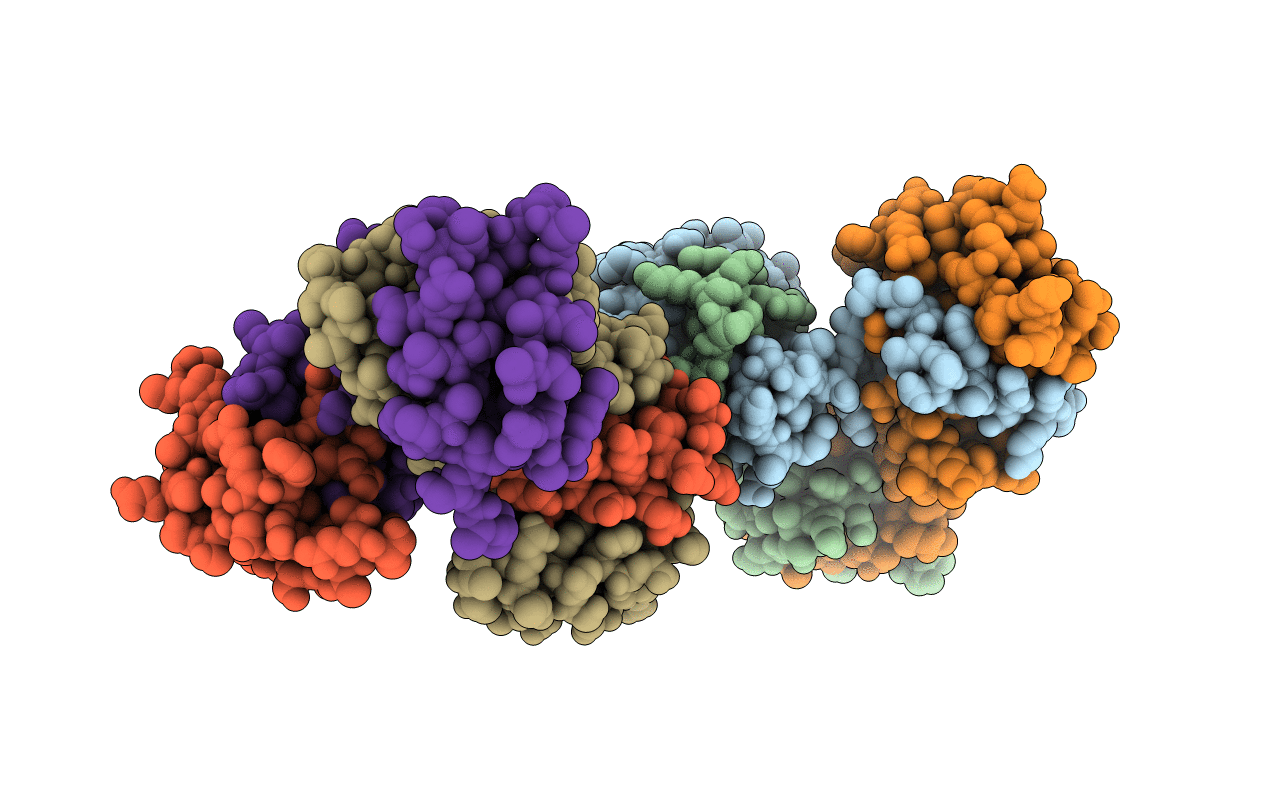
Deposition Date
2013-11-12
Release Date
2014-11-26
Last Version Date
2024-10-09
Entry Detail
PDB ID:
4NKN
Keywords:
Title:
The Crystal Structure of the N-terminal domain of COMMD9
Biological Source:
Source Organism:
Homo sapiens (Taxon ID: 9606)
Host Organism:
Method Details:
Experimental Method:
Resolution:
2.79 Å
R-Value Free:
0.24
R-Value Work:
0.20
R-Value Observed:
0.21
Space Group:
I 1 2 1


